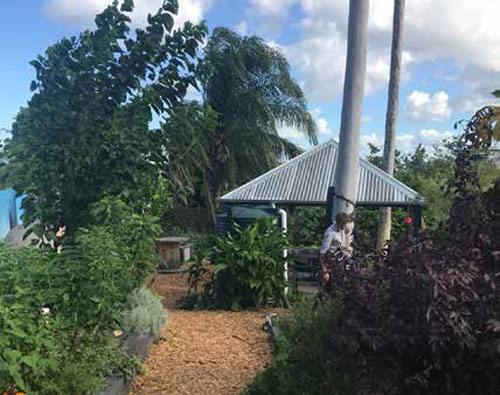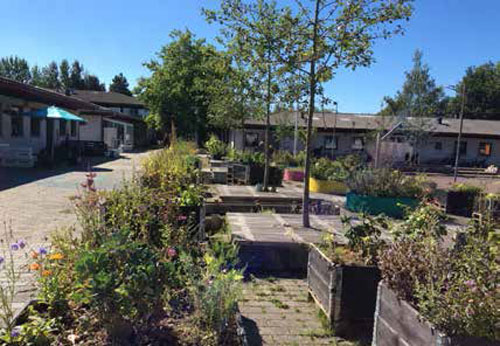Story: Dr Joanne Dolley, Research Fellow, Griffith University (Canberra Organic – Summer 2020)
By being an active member of a community garden, you are contributing to achieving several of the UN Sustainable Development Goals.
My PhD research focussed on UNSDG 11 — “Sustainable cities and communities”. It found that community gardens, as well as growing food, can help to grow a sense of community. Several of my case study community gardens acted as “third places”* — where home is first place; work/school is second place; and third places are informal public places, where people get to know others in their neighbourhood and develop a sense of place and community. Community gardens that are third places provide opportunities for conversations and activities between members and the local neighbourhood.
For example, at a pocket community garden in inner Brisbane, members talked about chatting over the fence with locals; the neighbourhood playgroup children playing in the bamboo ‘cave’; a venue for knitting classes; and place for local teenagers to practise guitar. Members place the produce out for anyone to help themselves (an abundance of passionfruit).

A local business donated a pizza oven which puts to use the produce from the healthy herb garden for community events. One member described, “It’s nice to get out with your neighbours and work together towards a common goal and it’s nice to see a transformation take place.” (Stefan, Brisbane)
One library in Denmark transformed a large area of grey concrete into a community garden, with the help of the site’s private housing company (which provided fully matured apple trees in planters). As a library is already a good example of a third place, this community garden was particularly successful at bringing together the local residents. The act of gardening gave strangers a way to communicate across different languages and backgrounds. As the librarian said that before the garden, “It was very boring, very bland. It was just grey and grey. I think in many ways this garden has made at least this part of the neighbourhood more friendly, more inviting, more social.” (Yvonne, Copenhagen).

As people work together to create and maintain their local community garden they help to create an inclusive sense of place and play a role in strengthening the sociability of their local neighbourhood.
*The Great Good Place. Cafes, Coffee Shops, Community Centers, General Stores, Bars, Hangouts, and How They Get You through the Day (Oldenburg, 1989)
https://www.e-elgar.com/shop/gbp/ rethinking-third-places-9781786433909.html
